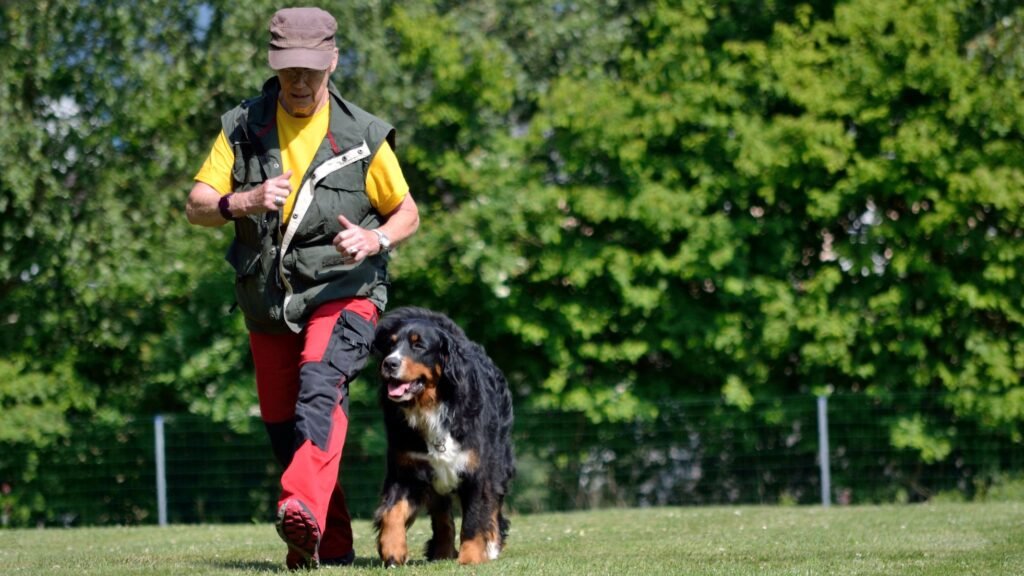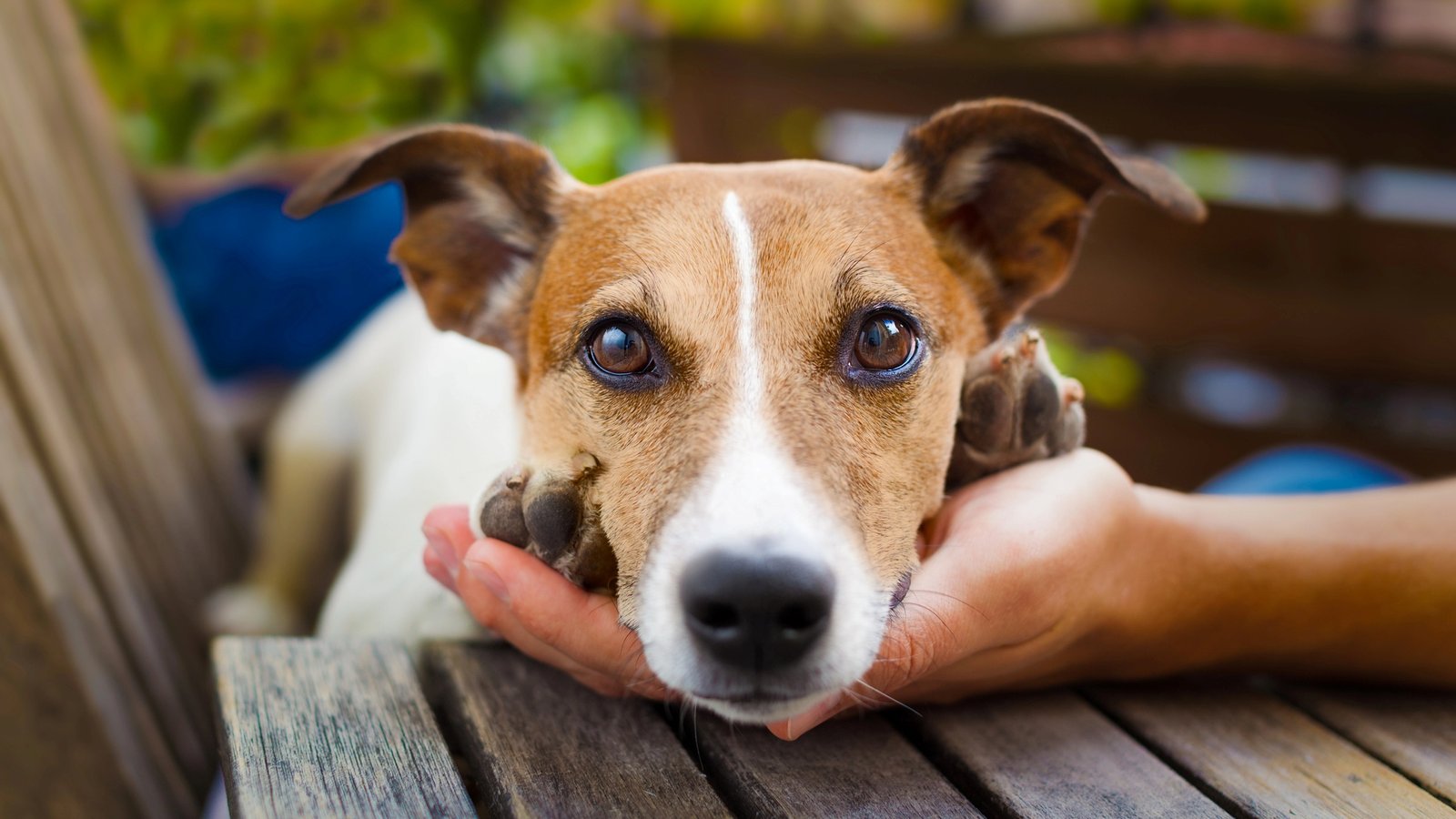Training an aggressive dog can be a complex process, but it’s important to approach it with patience, consistency, and professional guidance. First, it’s crucial to identify the root cause of the aggression, whether it stems from fear, frustration, territorial behavior, or resource guarding. A veterinary checkup can help rule out any underlying medical issues. Once the cause is understood, a qualified dog trainer or behaviorist can provide tailored advice and support.
1. Building a Strong Foundation is Essential.

Positive reinforcement techniques, such as rewarding calm and positive behavior with treats or praise, can help establish a positive association with training. Consistency is key, so it’s important to maintain regular training sessions. However, it’s equally important to set realistic expectations and avoid overwhelming the dog.
2. Identify and Manage Triggers

Managing triggers is another crucial aspect of training an aggressive dog. Gradual exposure to triggers in a controlled environment, combined with counterconditioning techniques, can help reduce reactivity. It’s important to avoid punishment, as it can increase aggression. Instead, focus on redirection and positive reinforcement.
3. Obedience Training

Basic obedience training, such as teaching the dog to sit, stay, and walk on a loose leash, can help establish control and focus. Socialization and desensitization are also important, but it’s essential to introduce the dog to other dogs and people gradually and in a controlled setting.
4. Calming Techniques

Calming techniques, such as regular exercise, mental stimulation through puzzle toys and training sessions, and relaxation techniques like “stay” or “down,” can help reduce stress and anxiety.
5. Seek Professional Help

If the aggression is severe or persistent, seeking professional help from a certified dog trainer or veterinary behaviorist is highly recommended. They can provide expert guidance, diagnose underlying behavioral issues, and recommend appropriate training techniques.
Remember, training an aggressive dog is a long-term process that requires patience, consistency, and professional support. By understanding the root cause, building a strong foundation, managing triggers, and employing effective training techniques, it’s possible to improve a dog’s behavior and create a harmonious relationship.

Andrew Alpin from India is the Brand Manager of Doggo digest. Andrew is an experienced content specialist and social media manager with a passion for writing. His forte includes health and wellness, Travel, Animals, and Nature. A nature nomad, Andrew is obsessed with mountains and loves high-altitude trekking. He has been on several Himalayan treks in India including the Everest Base Camp in Nepal.






